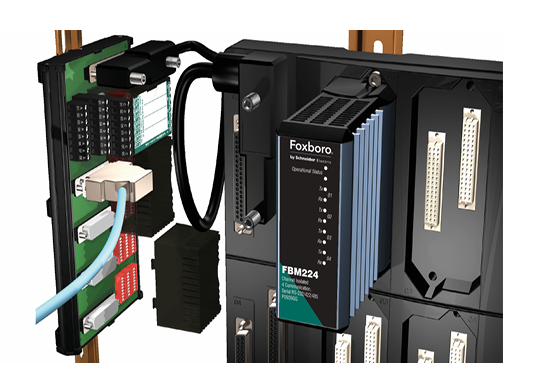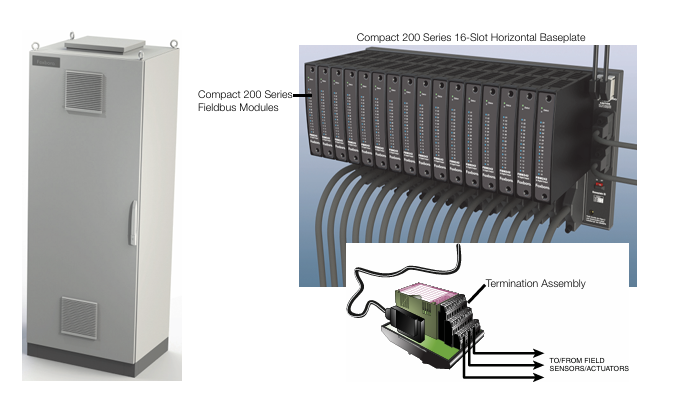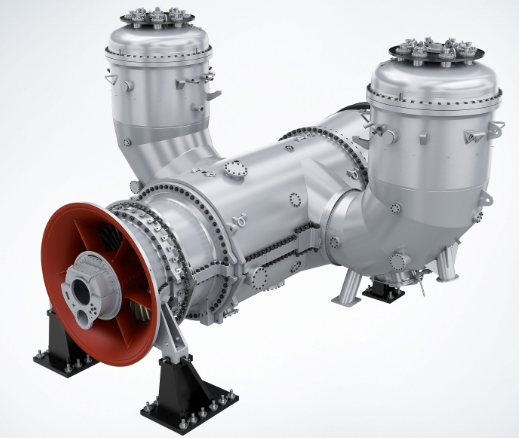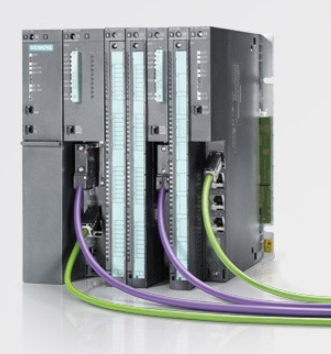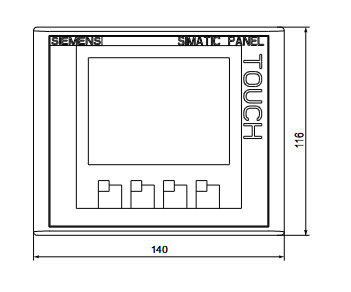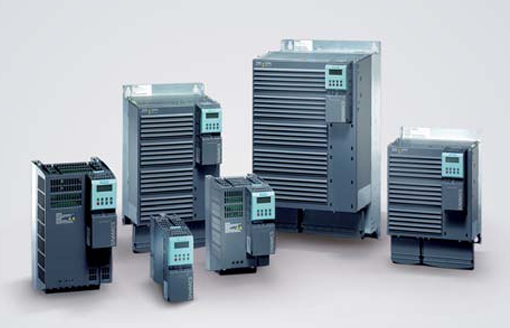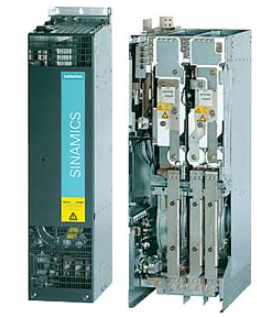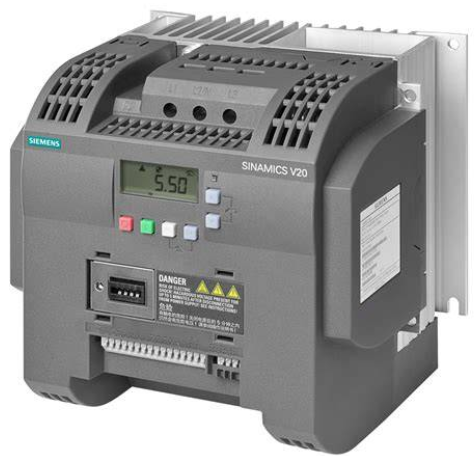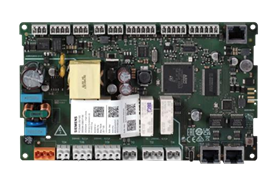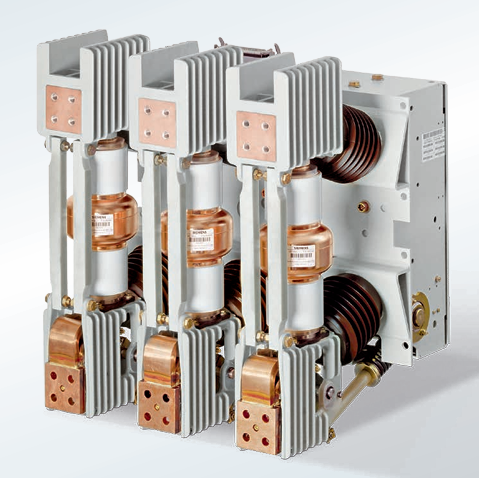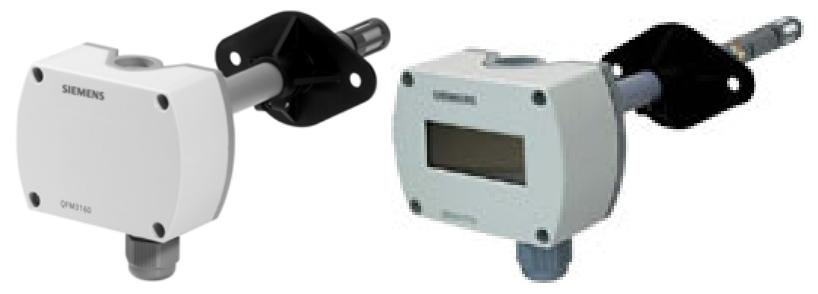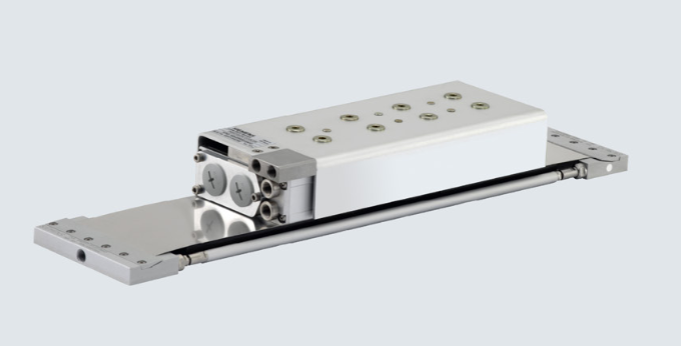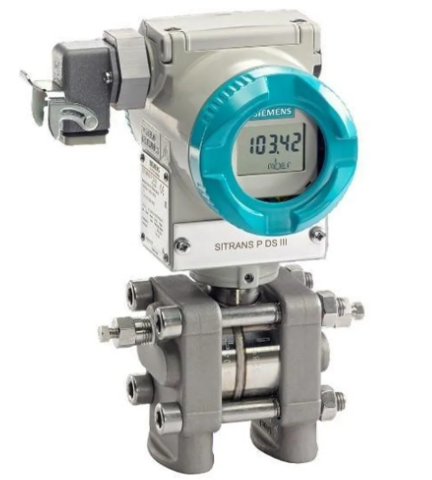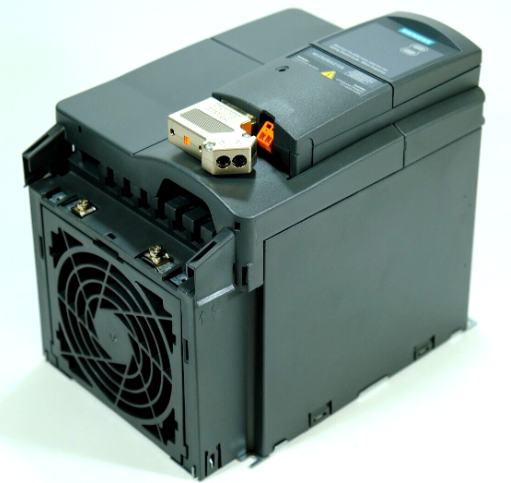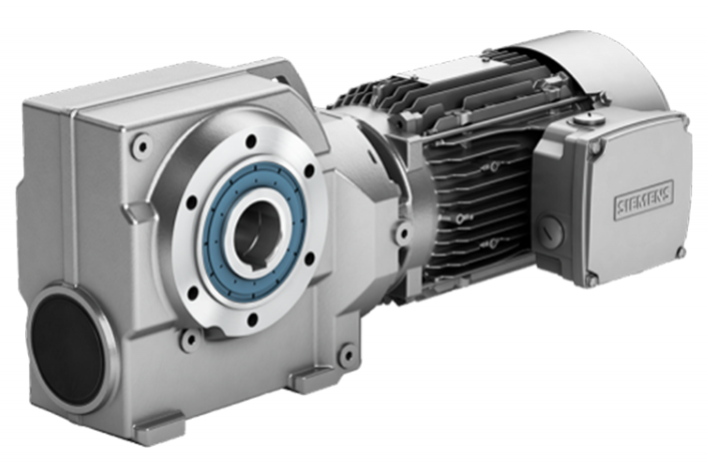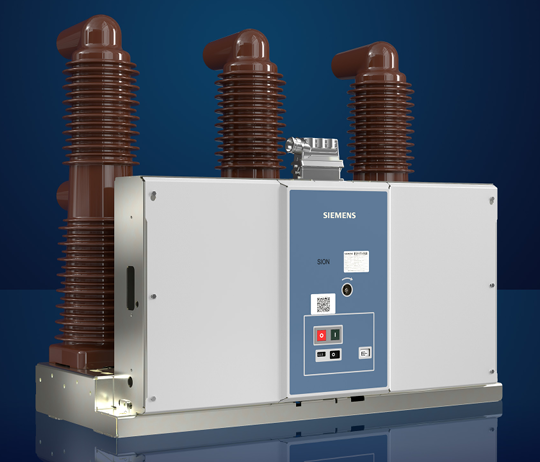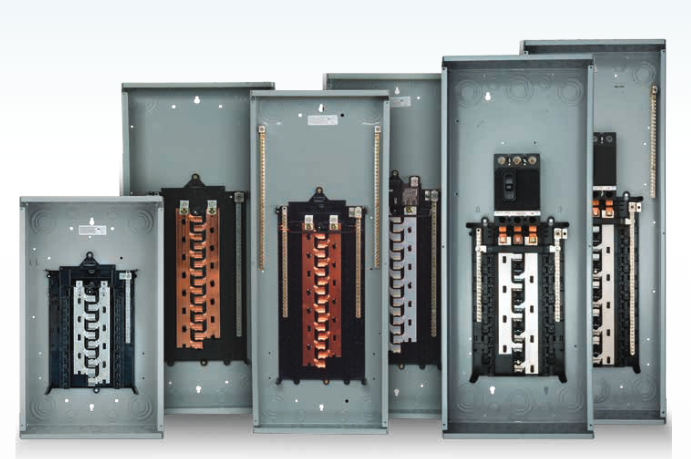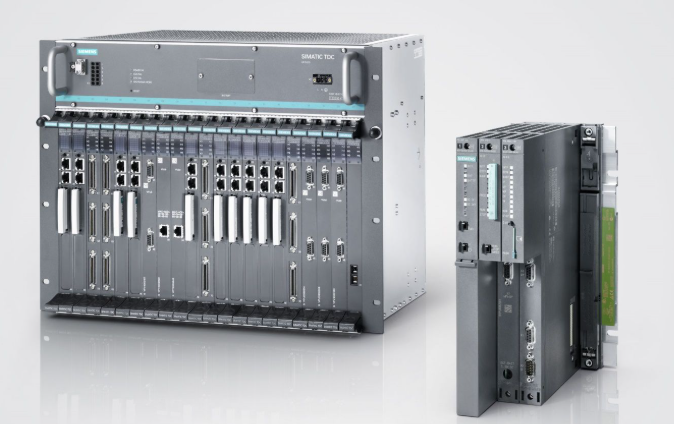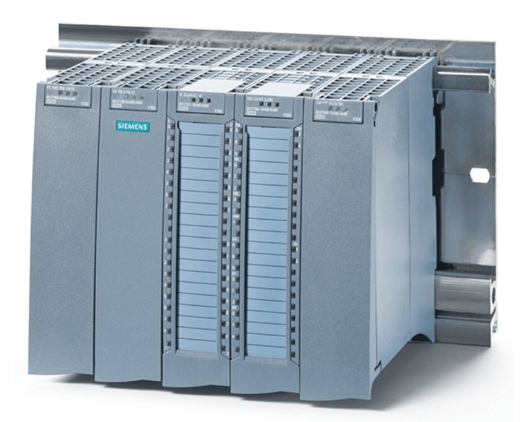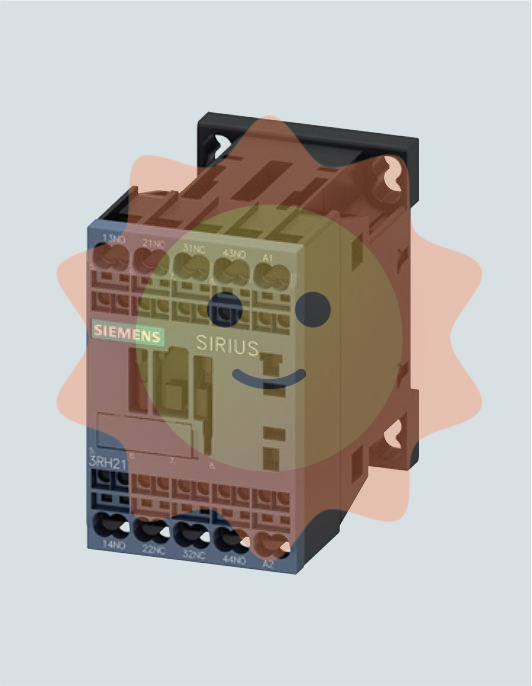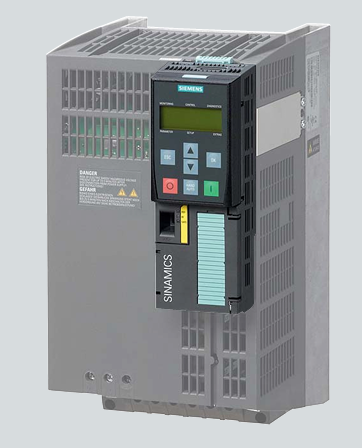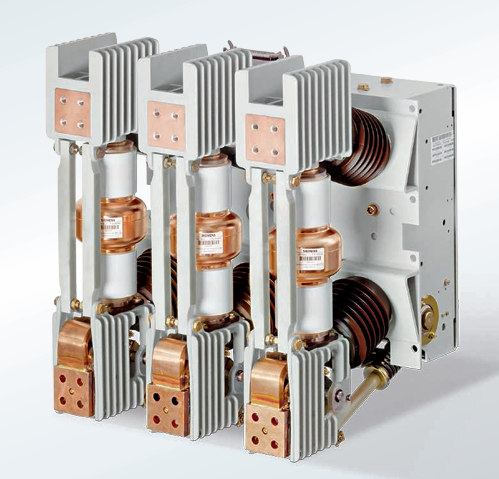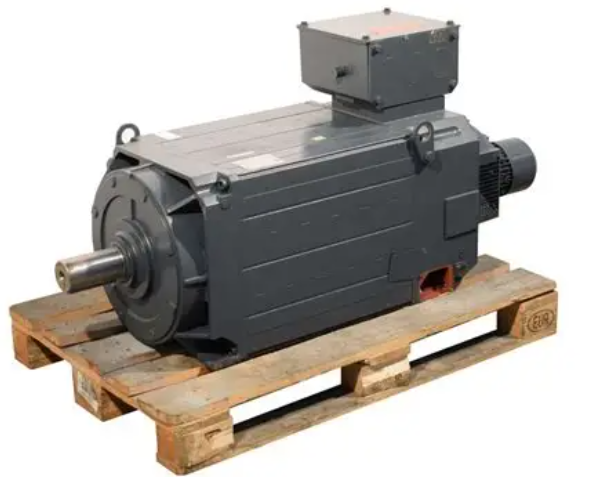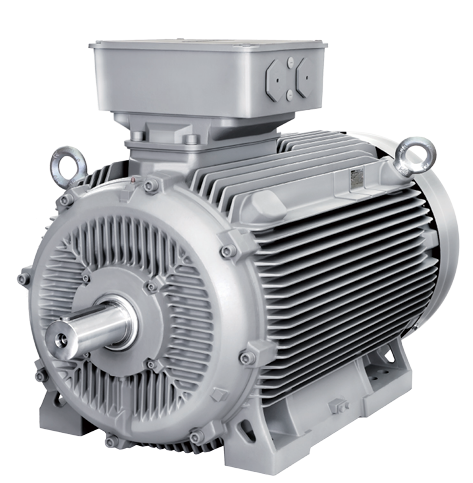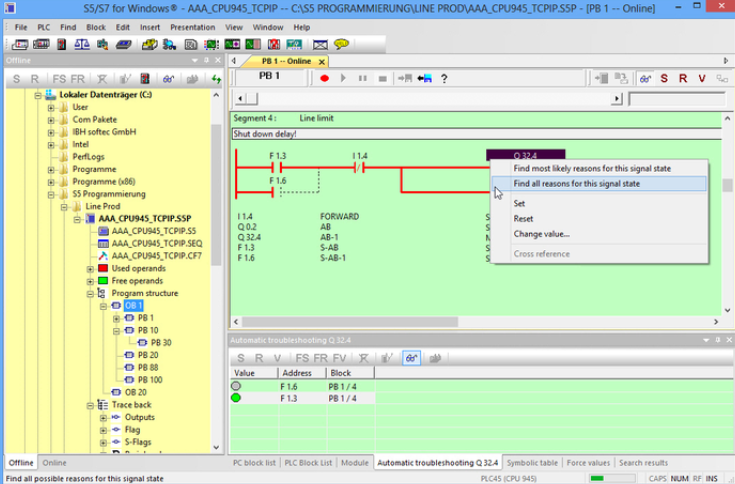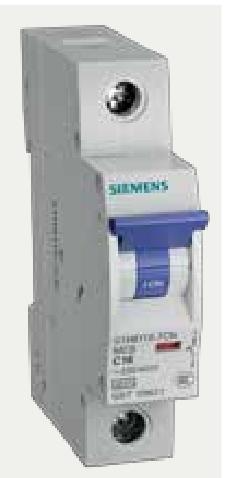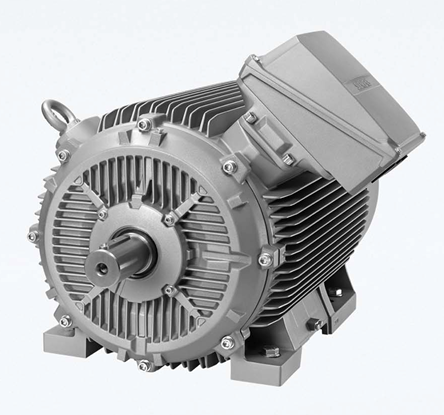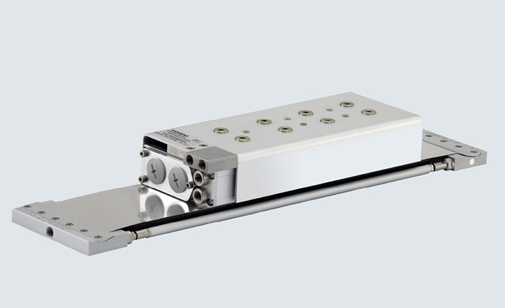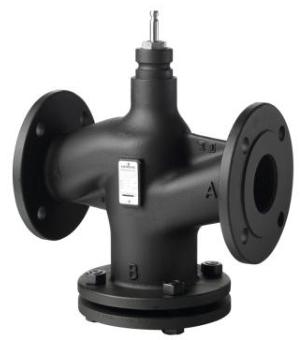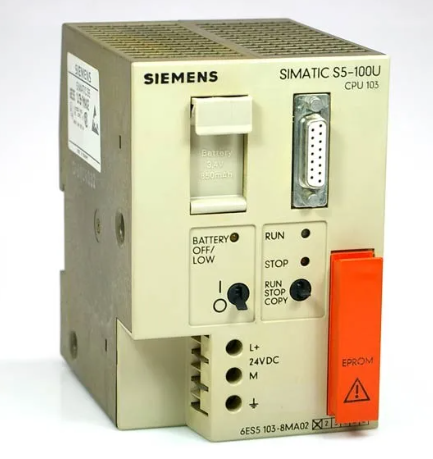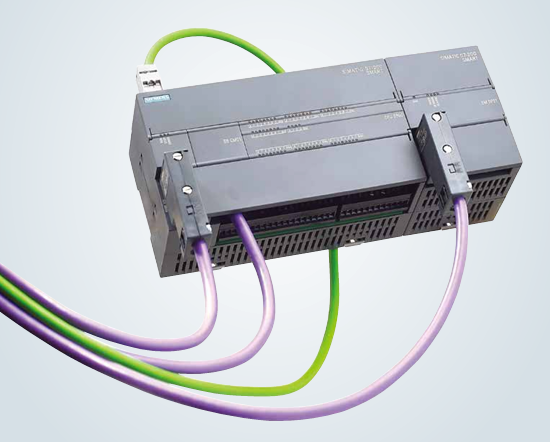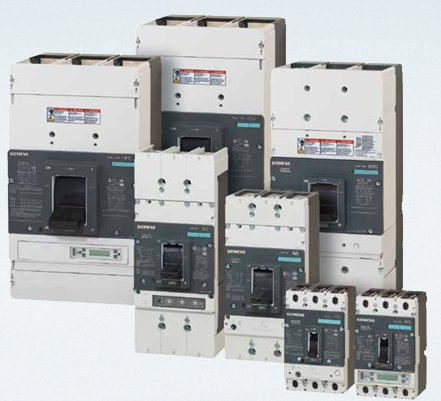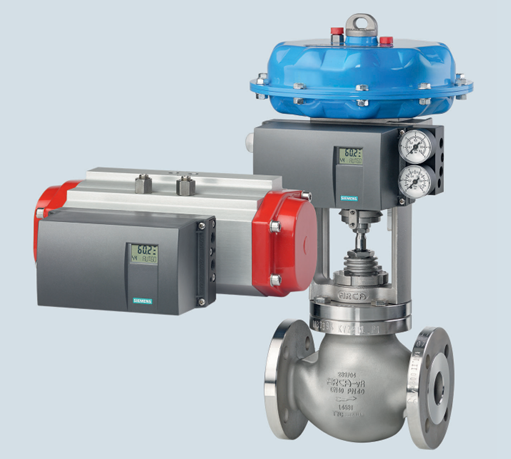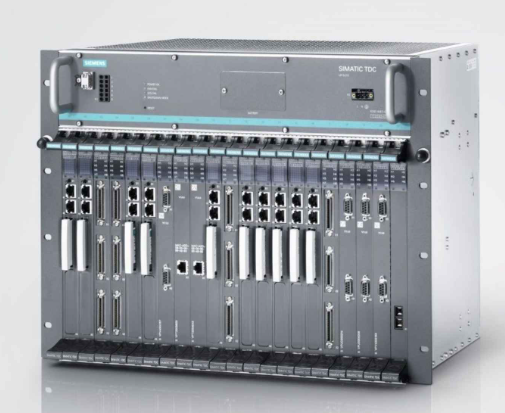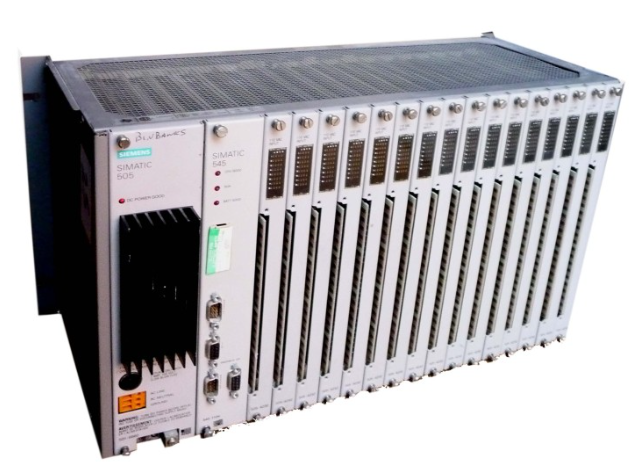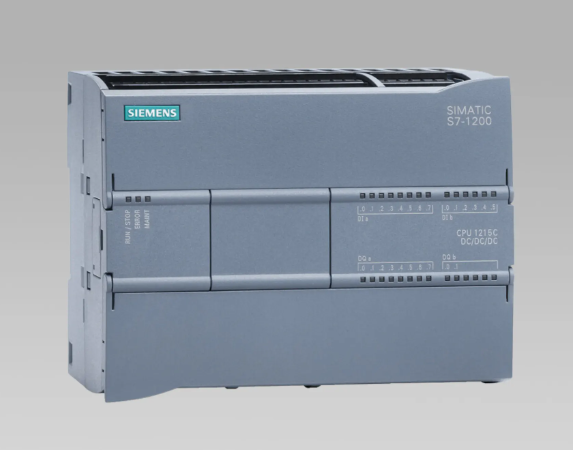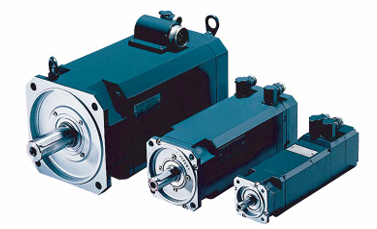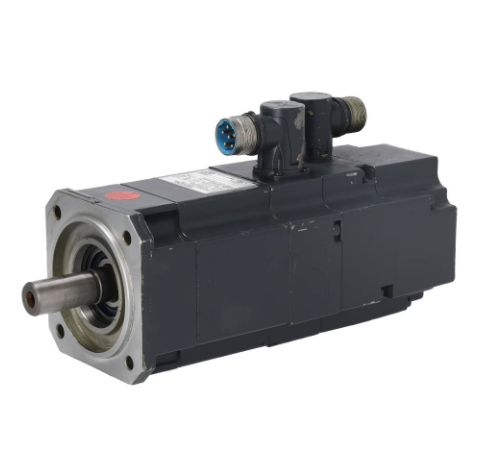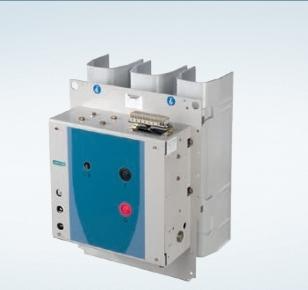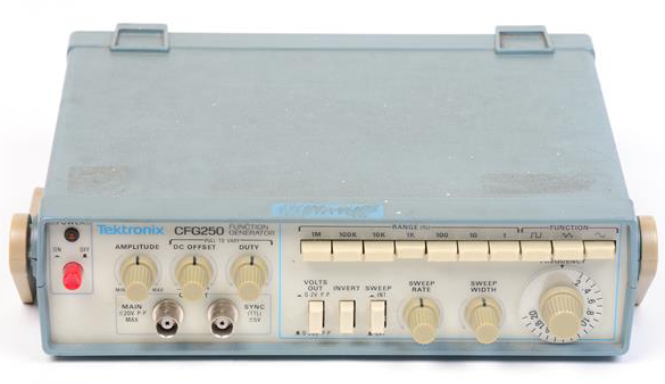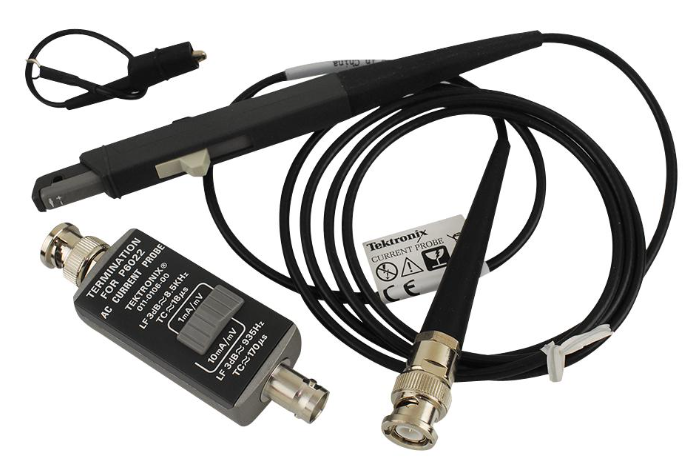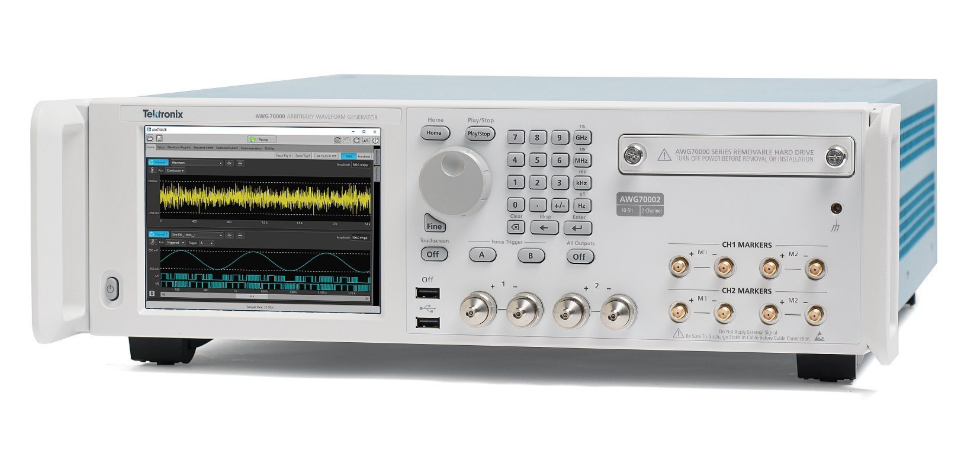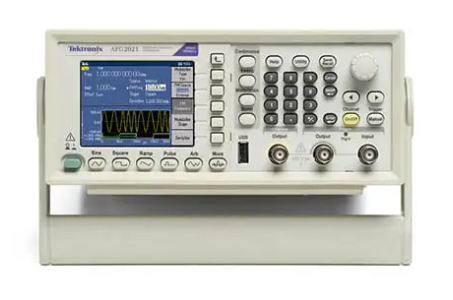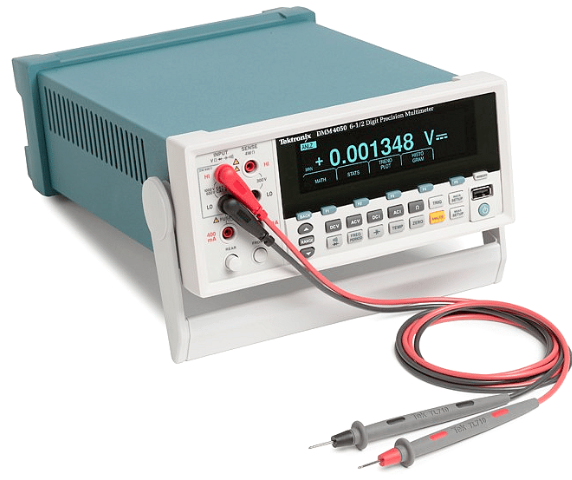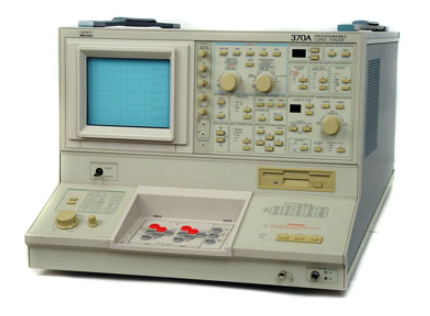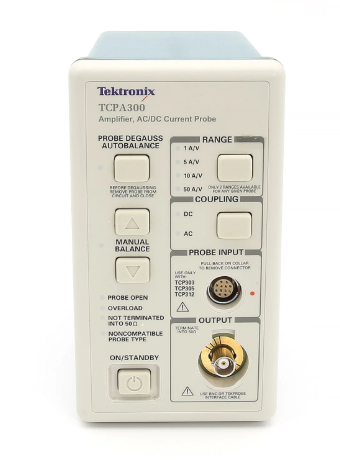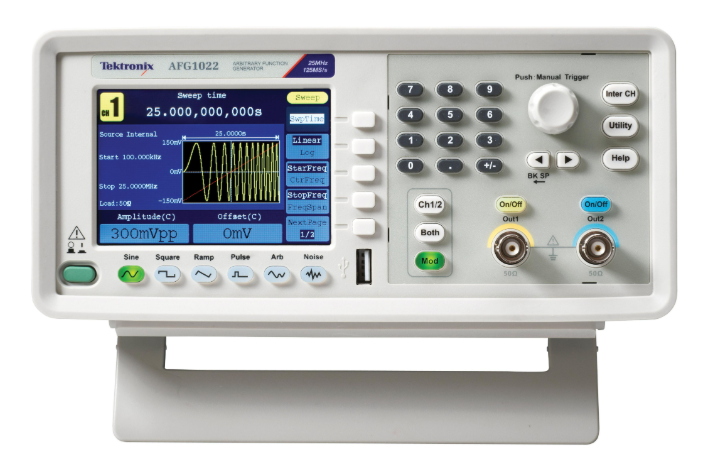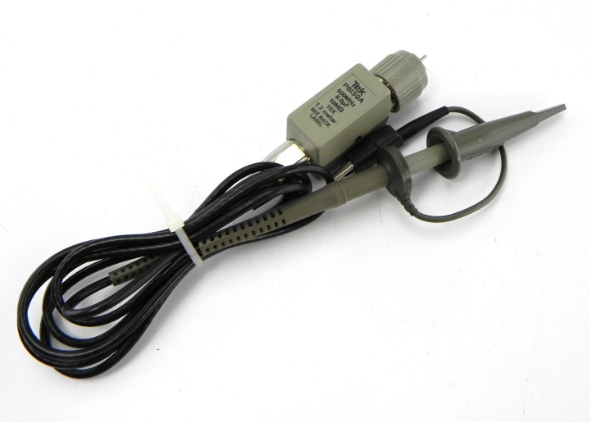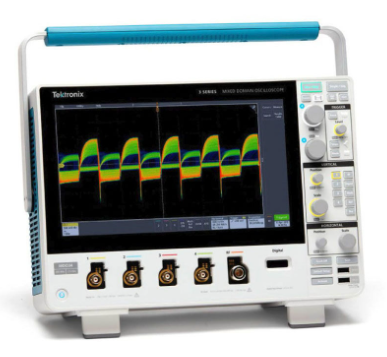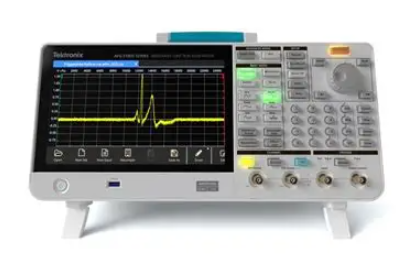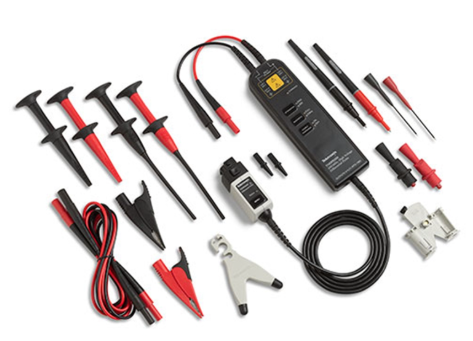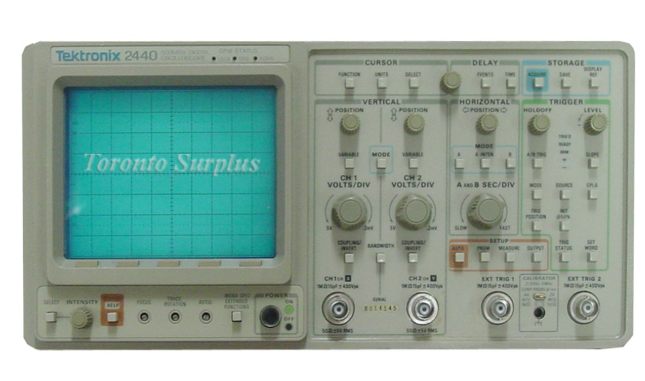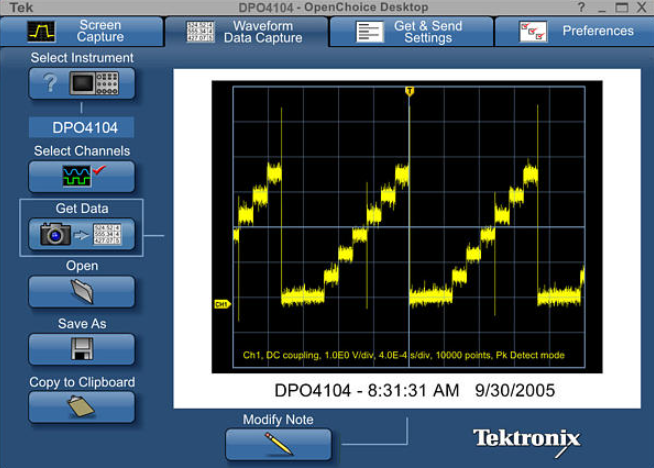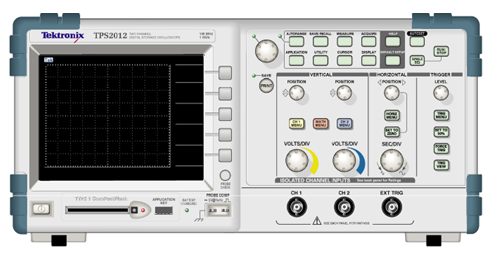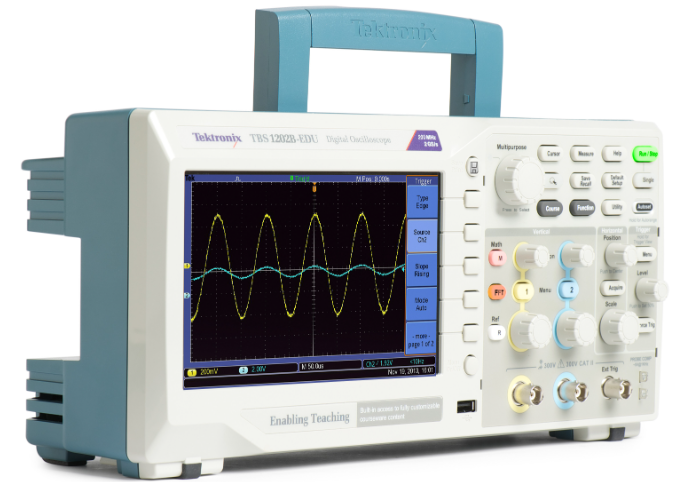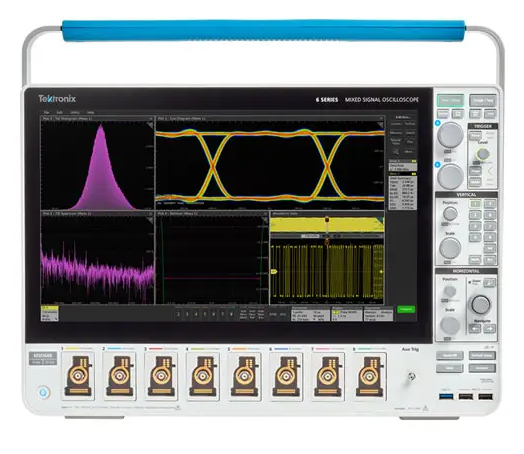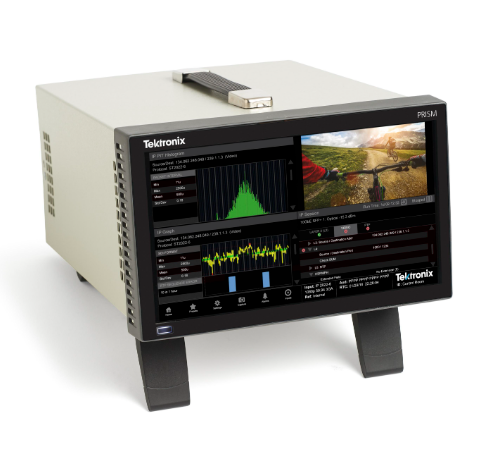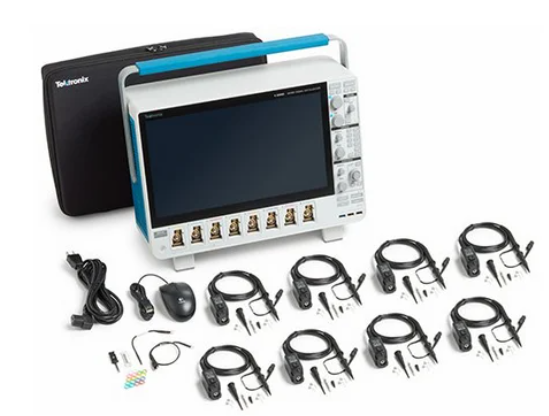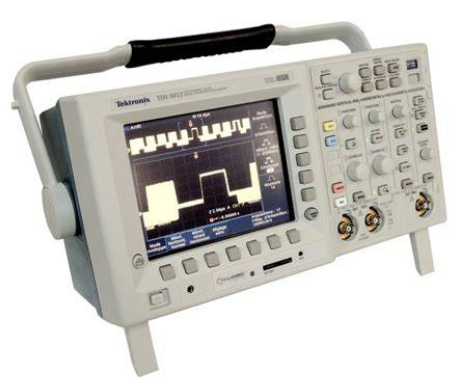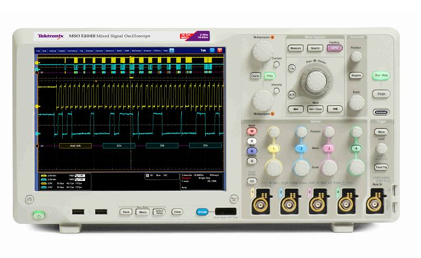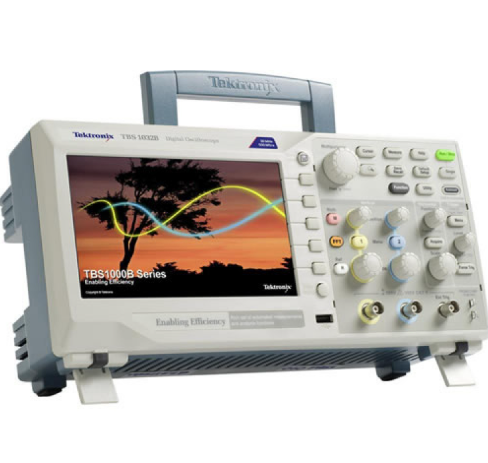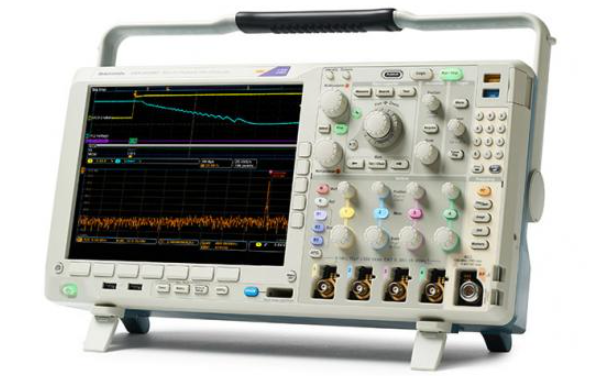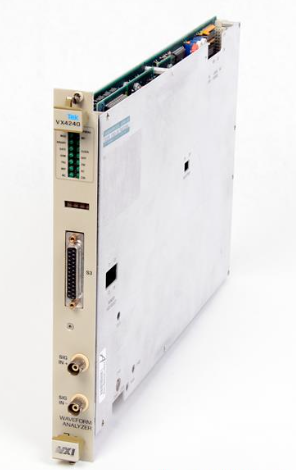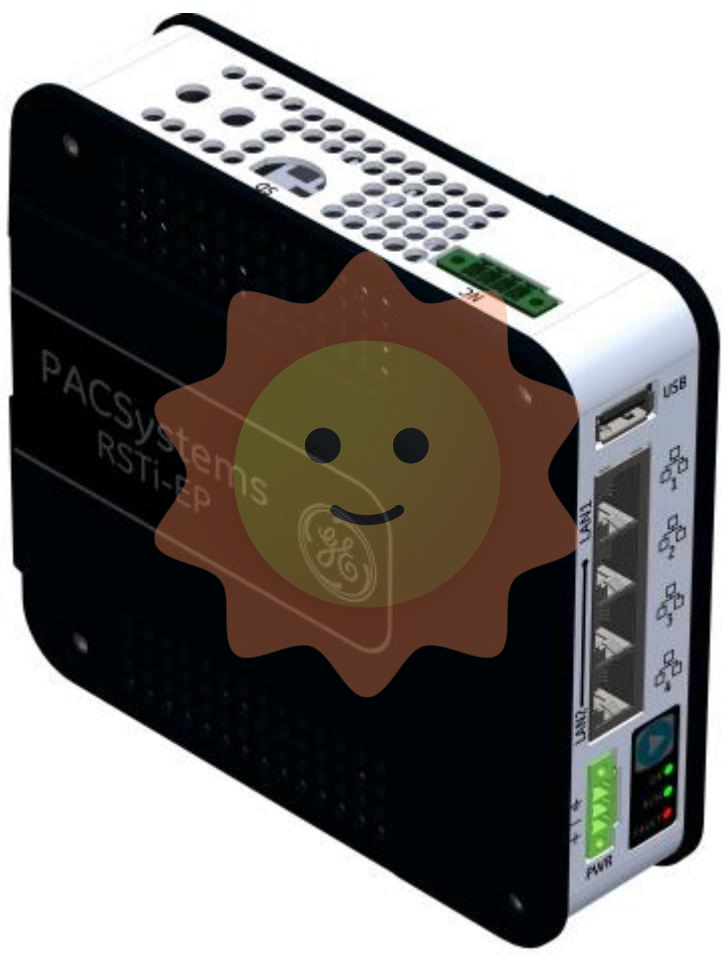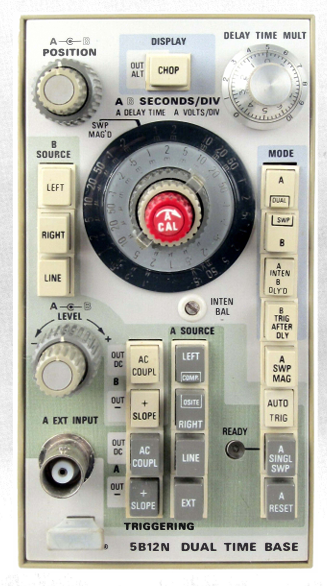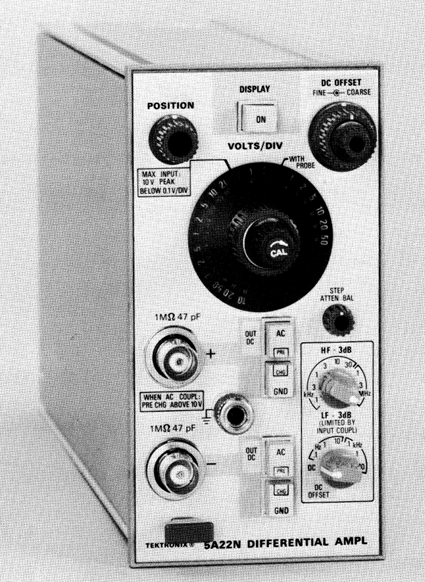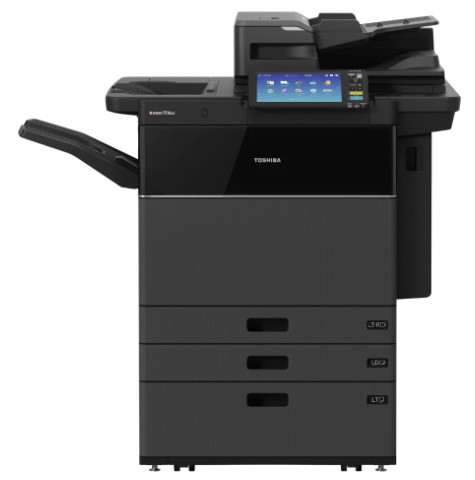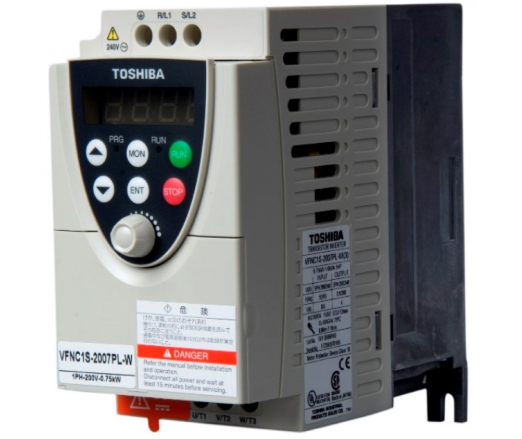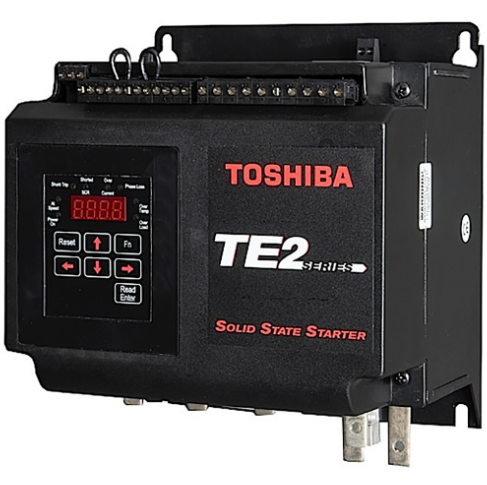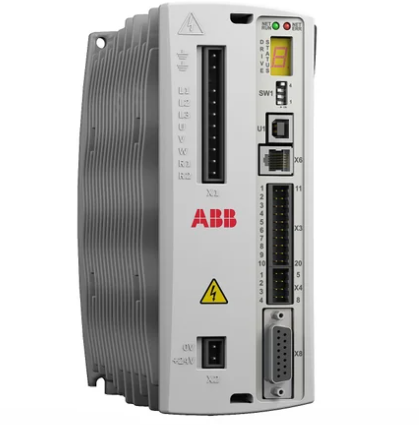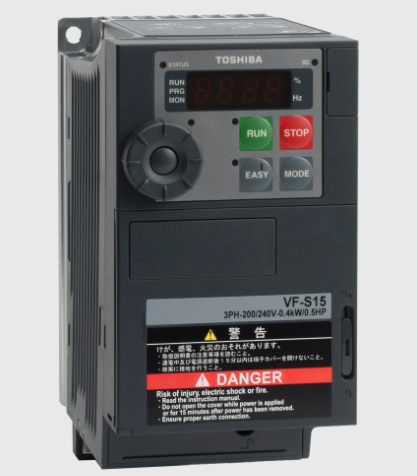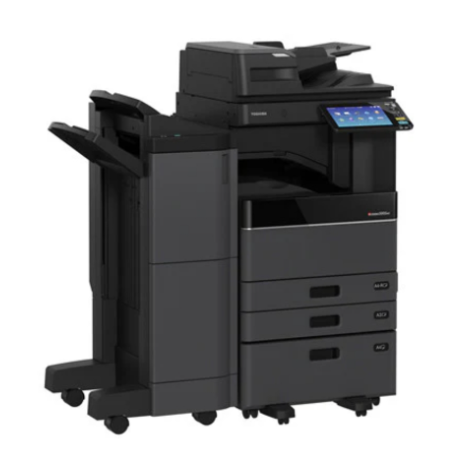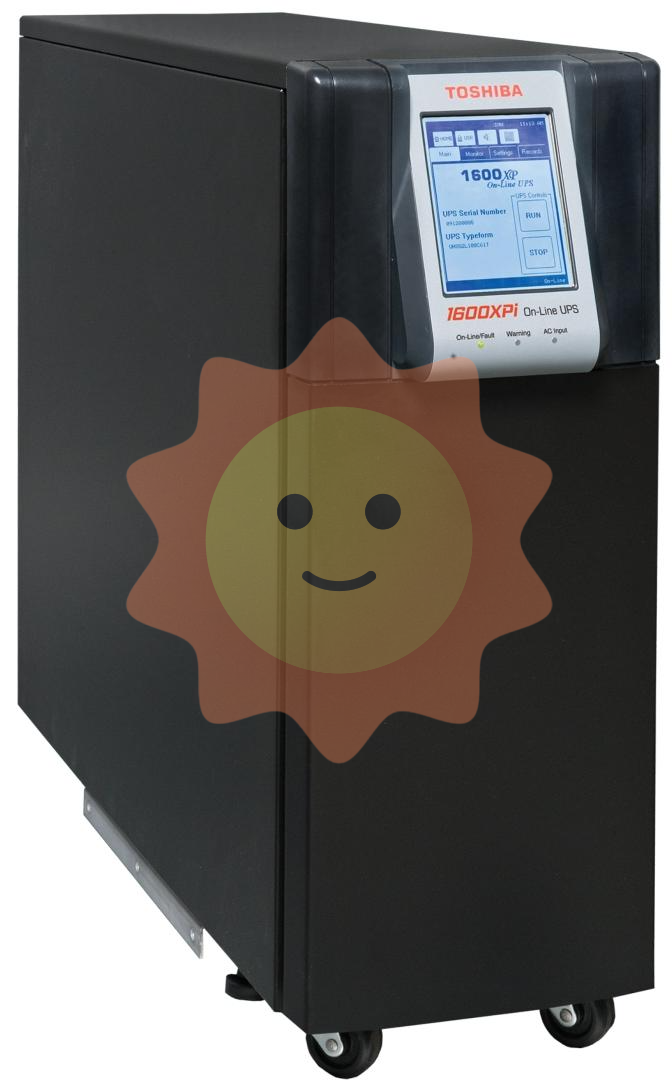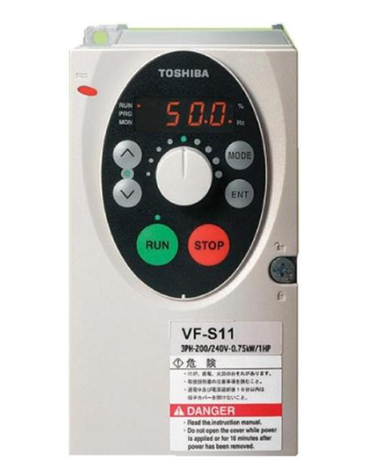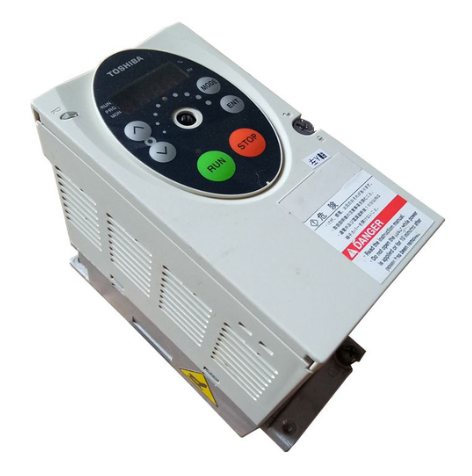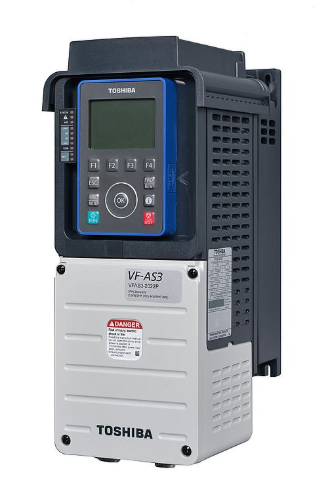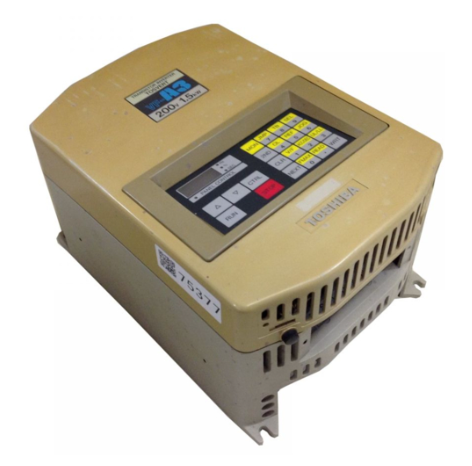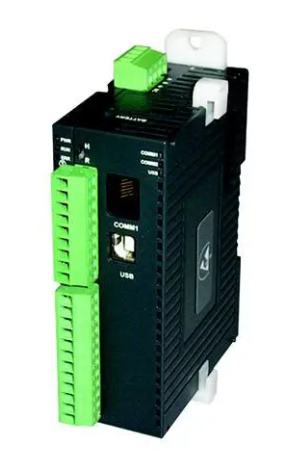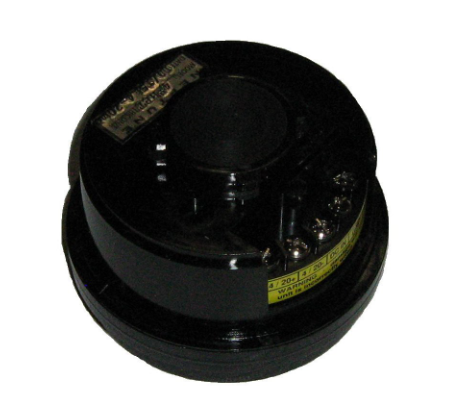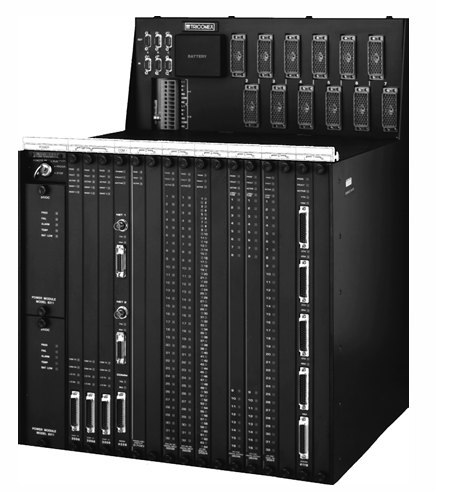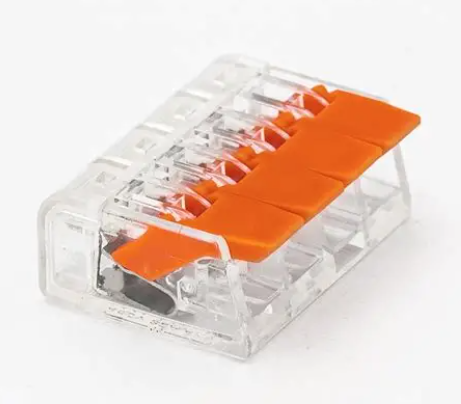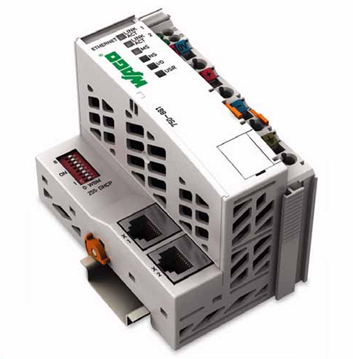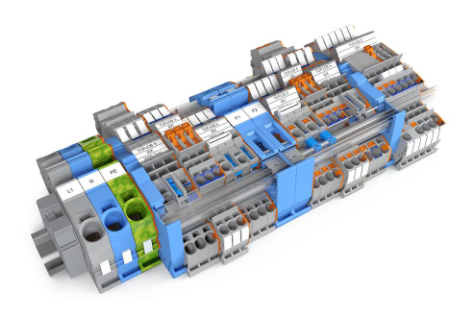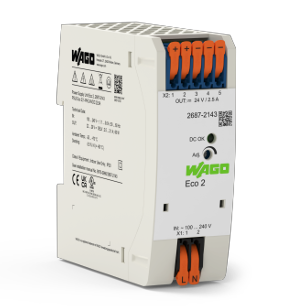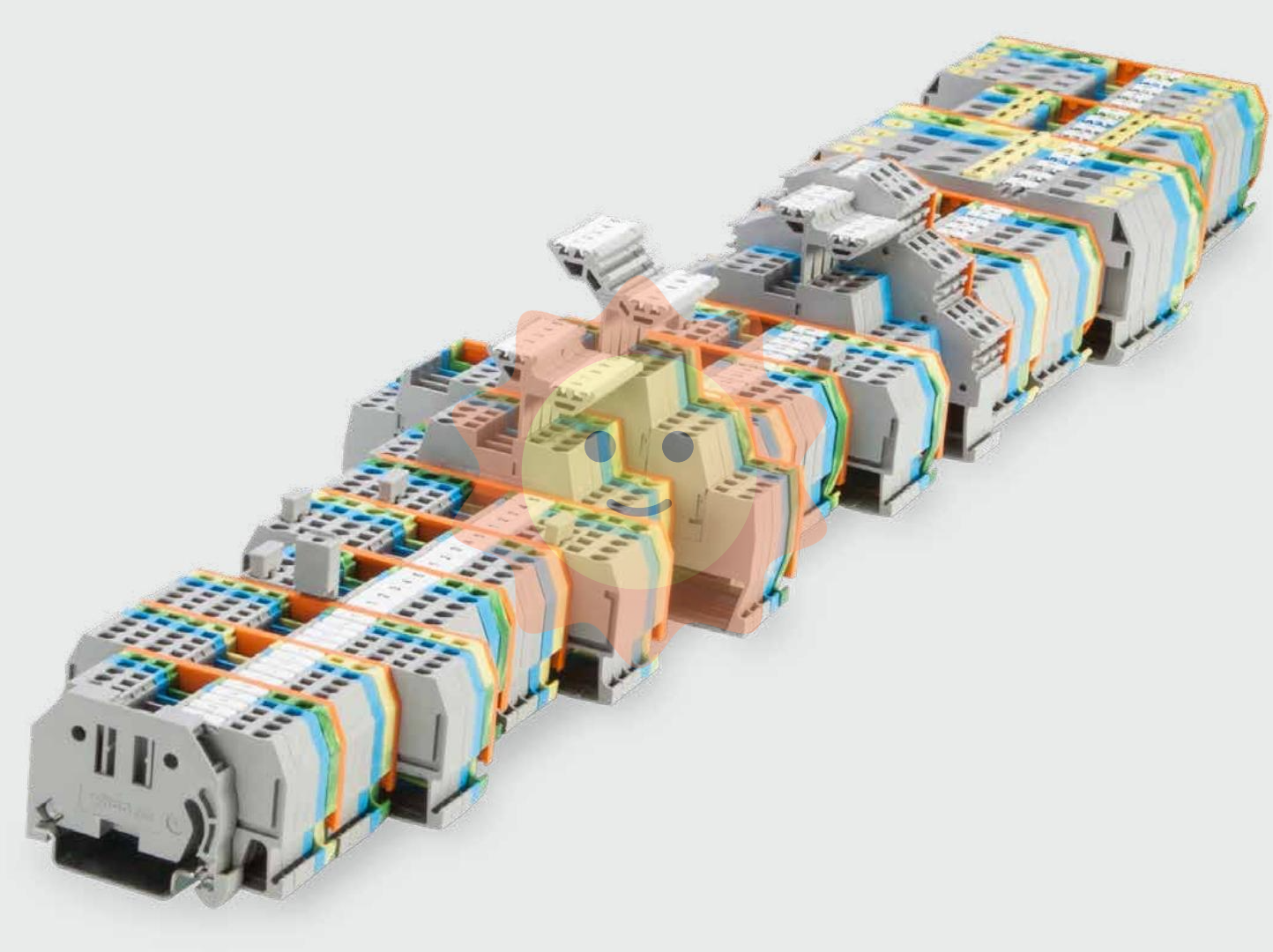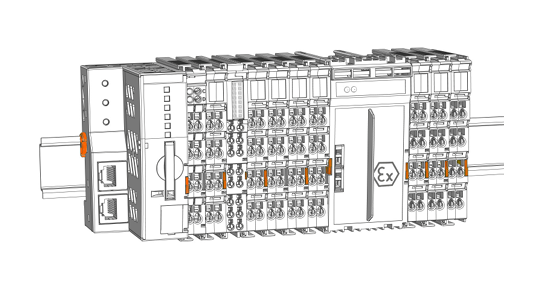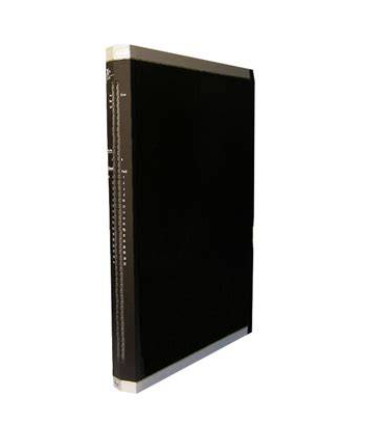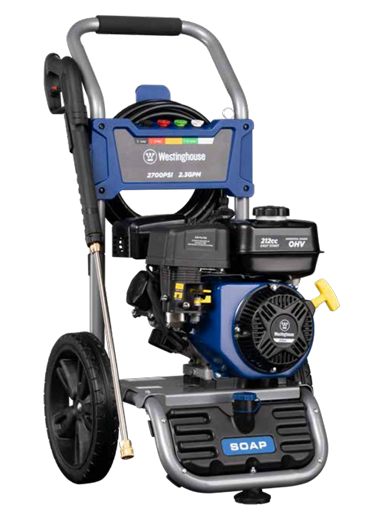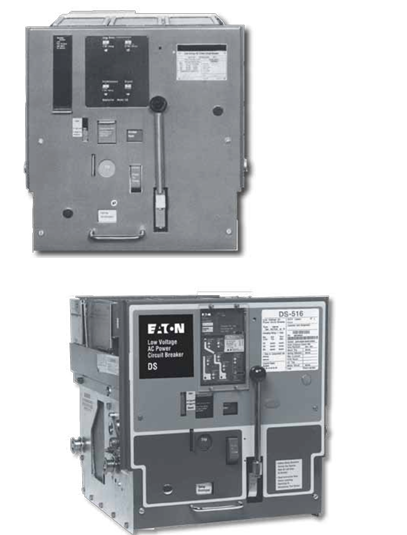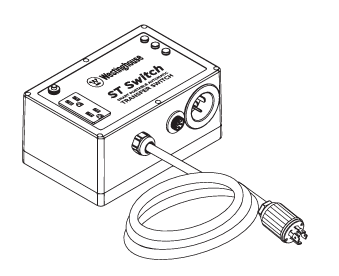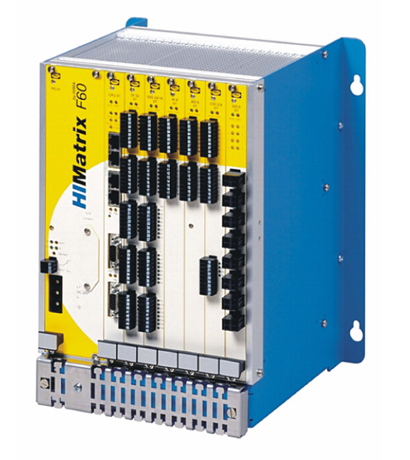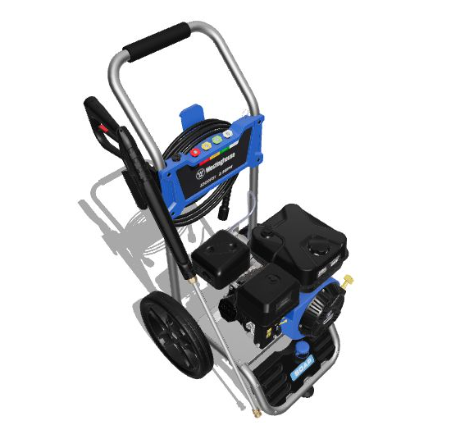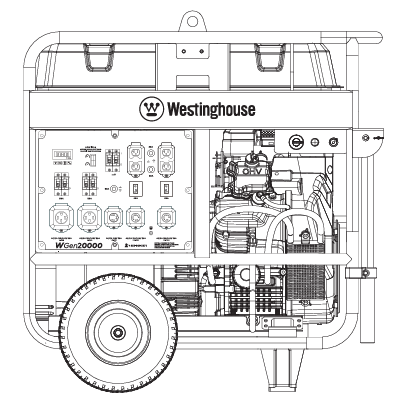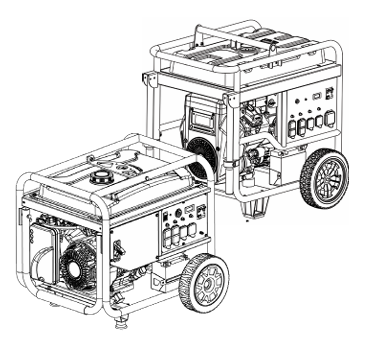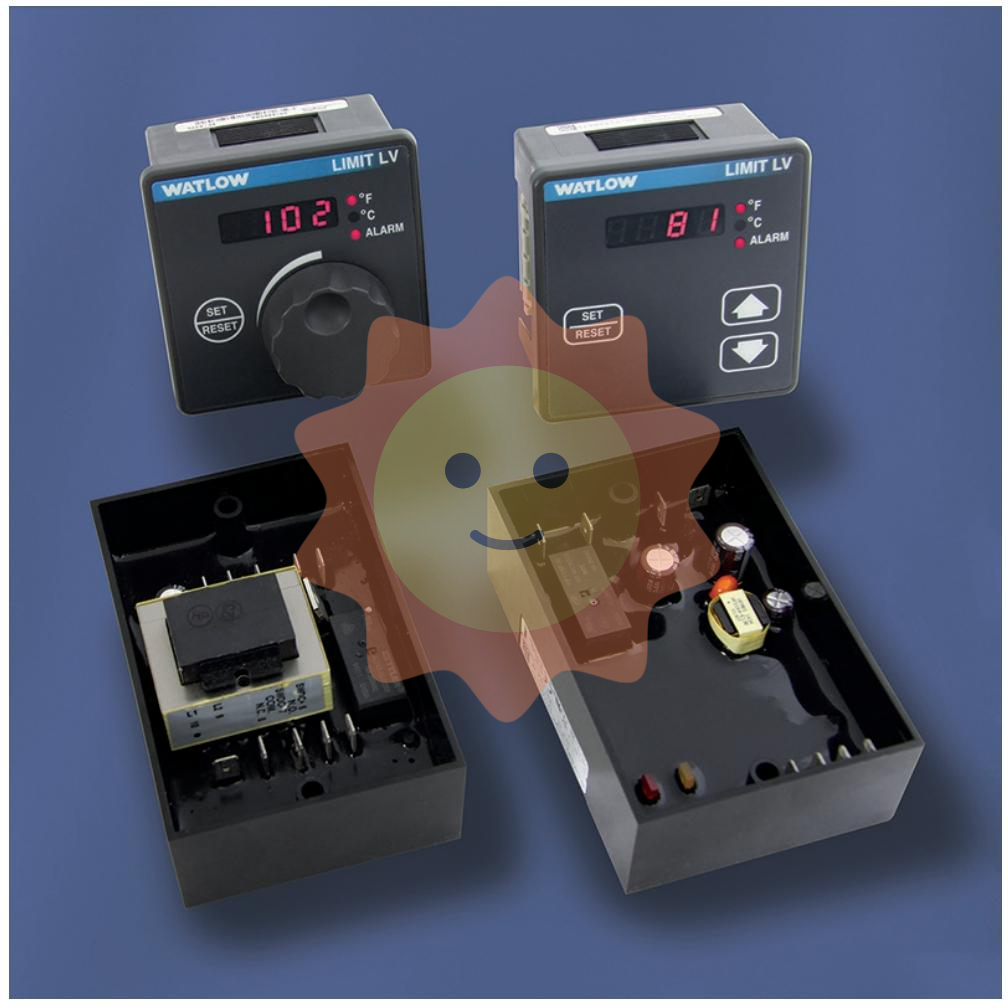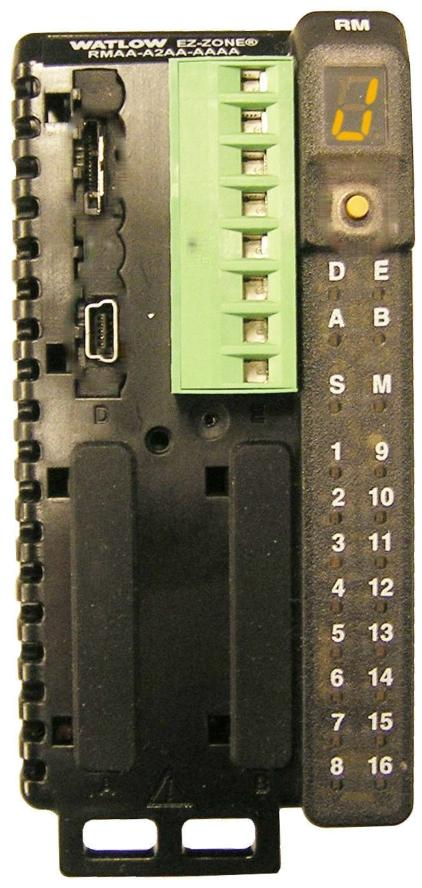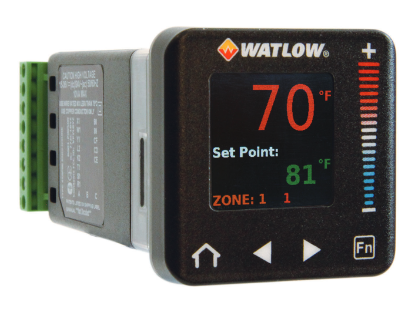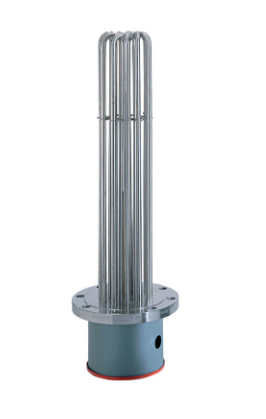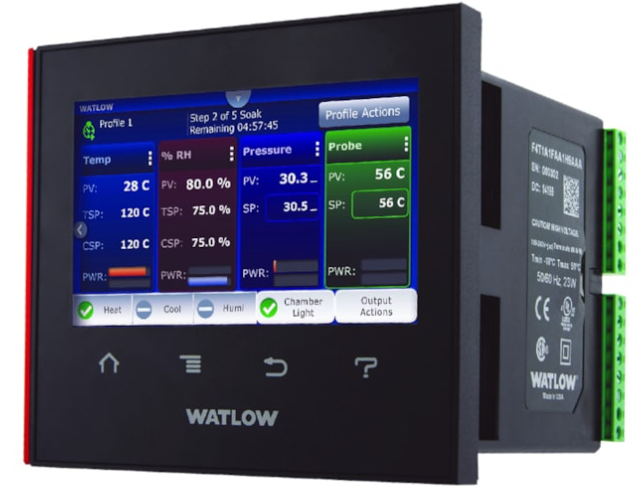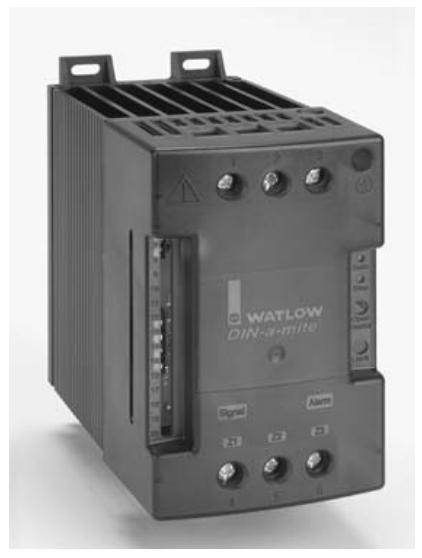ABB NGCM01 Gateway Communications Module
Basic Introduction
ABB NGCM01 Gateway Communications Module is a key component in ABB's automation control system, which is mainly used to establish communication bridges between different networks and devices for data conversion, transmission and integration.
Functional Features
Multi-protocol support function
The module supports a wide range of industrial communication protocols, such as Modbus, Profibus - DP, Ethernet/IP and others. This makes it possible to connect devices and systems using different protocols and realize communication between heterogeneous networks. For example, in a factory automation system with both traditional Profibus - DP devices and new Ethernet/IP devices, the NGCM01 module can be used as an intermediate gateway to enable the two devices to communicate with each other and exchange data.
For each supported protocol, the module accurately parses and encapsulates protocol data frames. It understands the syntax and semantics of the protocols, including data formats, command words, status words, etc., thus ensuring that data is correctly converted between different protocols. For example, when receiving data from a Modbus device and forwarding it to a Profibus - DP device, it reorganizes the data format according to the protocol requirements of Profibus - DP.
Data Conversion and Mapping Functions
Data conversion and mapping can be performed. Data representation, address format, data type, etc. may be different between devices of different protocols. the NGCM01 module can convert the data format under one protocol to the format required by another protocol. For example, it can convert register data in Modbus protocol to Process Data Object (PDO) format in Profibus - DP protocol.
It is also possible to perform data mapping, mapping the data address of one device to an address recognized by another device. This is like translation and address translation between different languages, enabling data to be passed between devices accurately and without error.
Communication Management Function
As a gateway, it manages and coordinates communications. It can establish and maintain communication connections to multiple devices and handle multiple communication tasks simultaneously. For example, in an automated factory, it may need to communicate with multiple PLCs (programmable logic controllers), sensors, and actuators at the same time. The module will rationalize the communication sequence and resource allocation based on factors such as communication priority and real-time requirements.
It is also capable of caching and queuing communication data. When data transmission is briefly congested or the target device is temporarily unable to receive data, the module can cache the data and wait for the right time to send it again. This helps to improve the reliability and stability of communication and avoid data loss.
Security and Reliability Function
It has certain security mechanisms to prevent unauthorized access and data tampering. It can ensure the security of communication by setting access rights, password protection, and data encryption. This security mechanism is especially important in the industrial IoT environment, where security risks increase as more and more devices are connected to the network.
To ensure communication reliability, the module usually has a redundant design and troubleshooting capabilities. For example, it may support dual network interfaces, so that when one network fails, it can automatically switch to the other network for communication. At the same time, it is able to monitor its own operating status and the status of the communication link in real time, and once a fault is detected, it will send out an alarm signal in time to notify the maintenance personnel for repair.
Technical Parameters
Electrical Parameters
Power supply voltage: generally around 24V DC, this voltage range provides stable power supply for the internal circuit of the module to ensure its normal operation. In industrial environments, a stable power supply is critical, as fluctuations in the power supply may lead to signal transmission errors or module failure.
Power Consumption: Power consumption is relatively low, usually within a few watts, which helps to realize energy saving in industrial sites, and also avoids heating problems caused by the module's own high power consumption and improves the module's service life.
Communication Parameters
Details of supported communication protocols: As mentioned earlier, a variety of protocols are supported, and for each protocol, there are different communication rates and parameters. For example, under Profibus - DP protocol, the communication rate can reach about 12Mbps; for Ethernet/IP protocol, the communication rate can reach 10/100Mbps or even higher. The module can correctly process various data frame formats, command words and status words stipulated in the protocol to ensure the accuracy and reliability of communication.
Communication interface types: There are various communication interfaces, such as RJ45 interface for Ethernet communication, DB9 interface for some serial communication protocols (e.g. RS-232 or RS-485), etc. These interfaces are convenient for communication with different types of devices. These interfaces are convenient for connecting to different types of devices, whether they are network devices or traditional serial communication devices.
Data processing parameters
Data Conversion Capability: Capable of handling data conversion between different data formats and lengths. For example, 8-bit, 16-bit or 32-bit data can be converted between different protocols, and supports a variety of data types, such as integer, floating point, Boolean and so on.
Data Cache Capacity: It has a certain data cache capacity, the specific capacity depends on the module model and design, and generally it can cache several kilobytes to several megabytes of data, which can be used to cope with the unexpected situation of data transmission and temporary storage.

- User name Member Level Quantity Specification Purchase Date
- Satisfaction :
-









Email:wang@kongjiangauto.com

